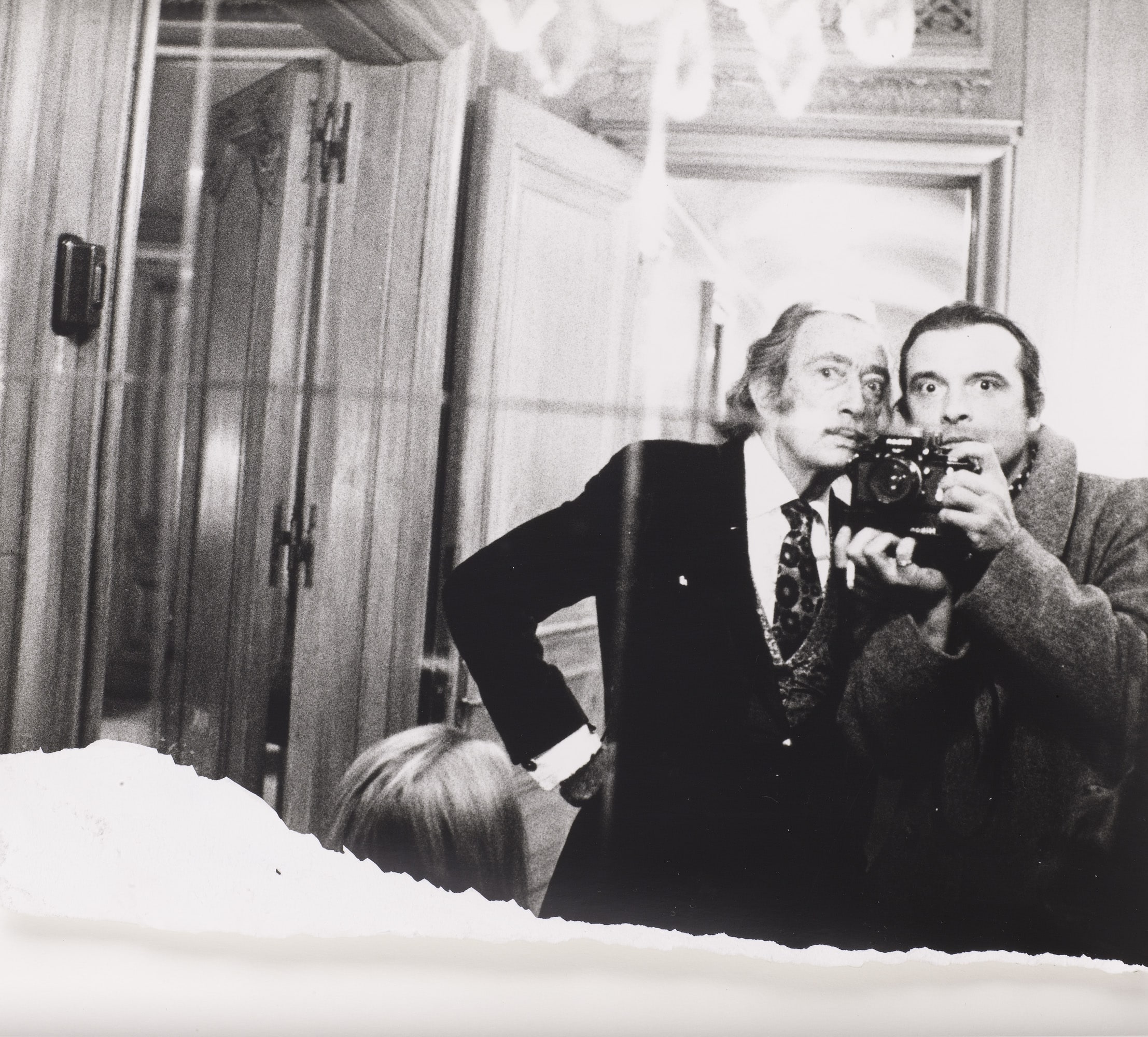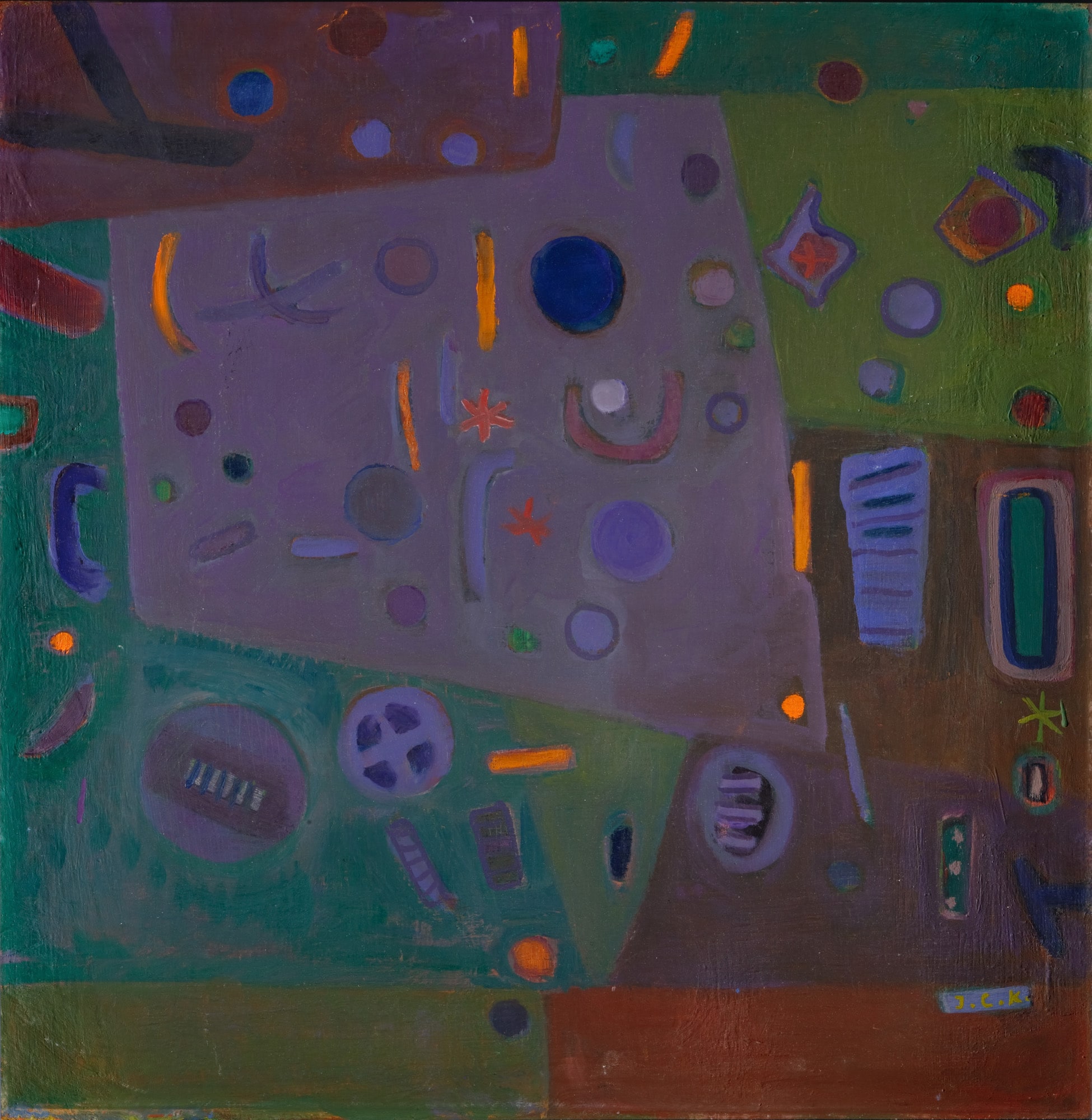Students who take a guided tour of the exhibition titled On the Spot, which aims to reassess Istanbul's representational history through new perspectives using panoramic paintings and photographs, embark on a journey through the representational history of Istanbul. The students also have the opportunity to thoroughly reconsider the long history of the panoramic gaze that extends back to the early modern period and Istanbul's place within this history.
Weekday Face-to-face Learning Program
Thursday
10:30-12:00
13:30-15:00
Related Exhibition: On the Spot: Panoramic Gaze on Istanbul, a History
Reservation is required for groups, which should include no less than 10 and no more than 30 participants.
For more information:ogrenme@peramuzesi.org.tr

Each memory tells an intimate story; each collection presents us with the reality of containing an intimate story as well. The collection is akin to a whole in which many memories and stories of the artist, the viewer, and the collector are brought together. At the heart of a collection is memory, nurtured from the past and projecting into the future.

A firm believer in the idea that a collection needs to be upheld at least by four generations and comparing this continuity to a relay race, Nahit Kabakcı began creating the Huma Kabakcı Collection from the 1980s onwards. Today, the collection can be considered one of the most important and outstanding examples among the rare, consciously created, and long-lasting ones of its kind in Turkey.
Tuesday - Saturday 10:00 - 19:00
Friday 10:00 - 22:00
Sunday 12:00 - 18:00
The museum is closed on Mondays.
On Wednesdays, the students can
visit the museum free of admission.
Full ticket: 300 TL
Discounted: 150 TL
Groups: 200 TL (minimum 10 people)